About the Report
Second of the ongoing series, the report contains 8 case studies focused on responsibly connecting digitally with children, using minimal data collection, and better ways of obtaining parental consent. To explore the case studies listed below, download the report to get a better understanding of their solutions.
Explore the Applied Case Studies
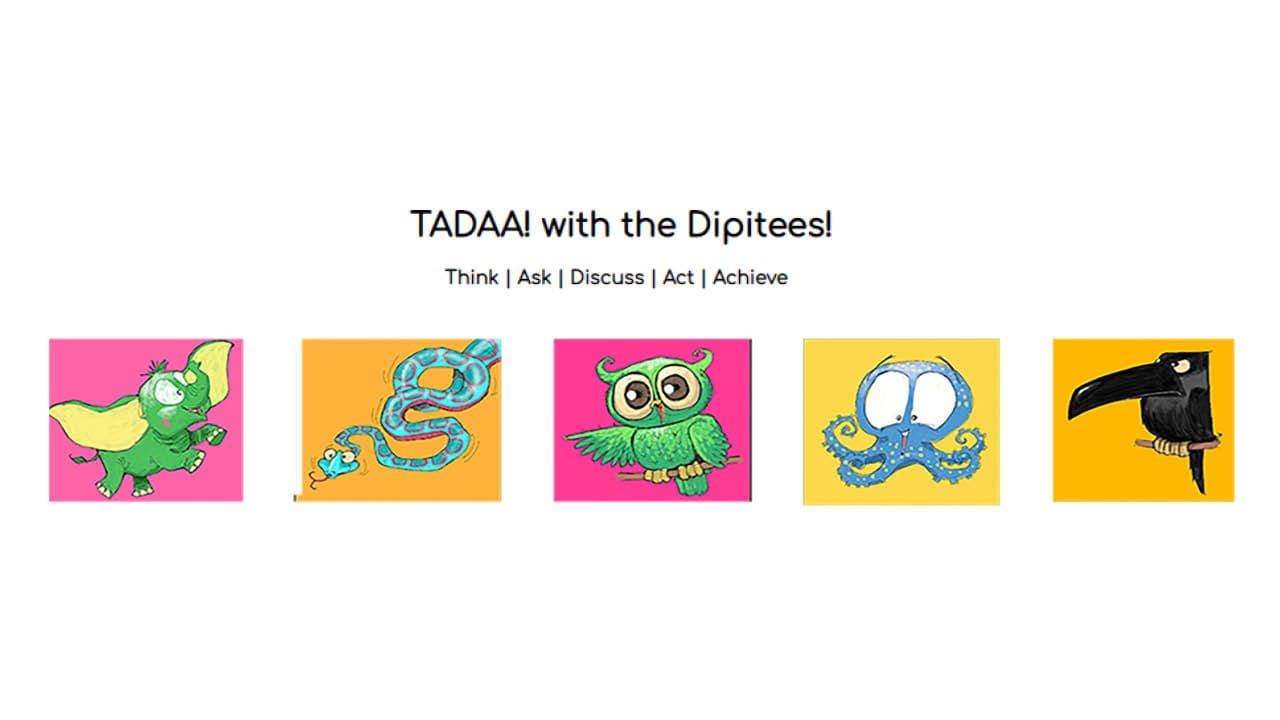
300M Learning Portal by Futureshift Consulting
Rajesh Soundararajan – CEO, Futureshift Consulting
TADAA! allows underserved children in India to experience the joy of reading via a platform that supports children’s learning, social and emotional needs.
Learn More About 300M Learning Portal by Futureshift Consulting
Mission & Goal
In association with Katha, a non-profit in education and children’s book publisher, Futureshift, built a 300M Learning Portal. This principally designed platform provides engaging, age-appropriate content, based on the best interest of the child. It utilizes minimal data collection to protect identity while still allowing users to move through facilitator-led levels of learning.
Challenges
Over 50% of children in India do not have access to the Internet. Technologies like 2G/3G have patchy coverage and do not carry high bandwidth. Although use of smartphones is on the rise, children do not have direct access to desktop computers and laptops on which to properly view and interact with learning content.
Outcomes
To date, Katha has served 2,474 communities through 1,862 school partnerships across 17 states in India to impact 10,402,655 youth. Their 300M Citizen’s Challenge goal is to reach 300 million children in India.
Next Steps
Need to address the challenge of access to the Internet, devices, and responsiveness to help ensure that children, especially those in rural and remote locations, can access online learning materials and achieve an optimal user experience.
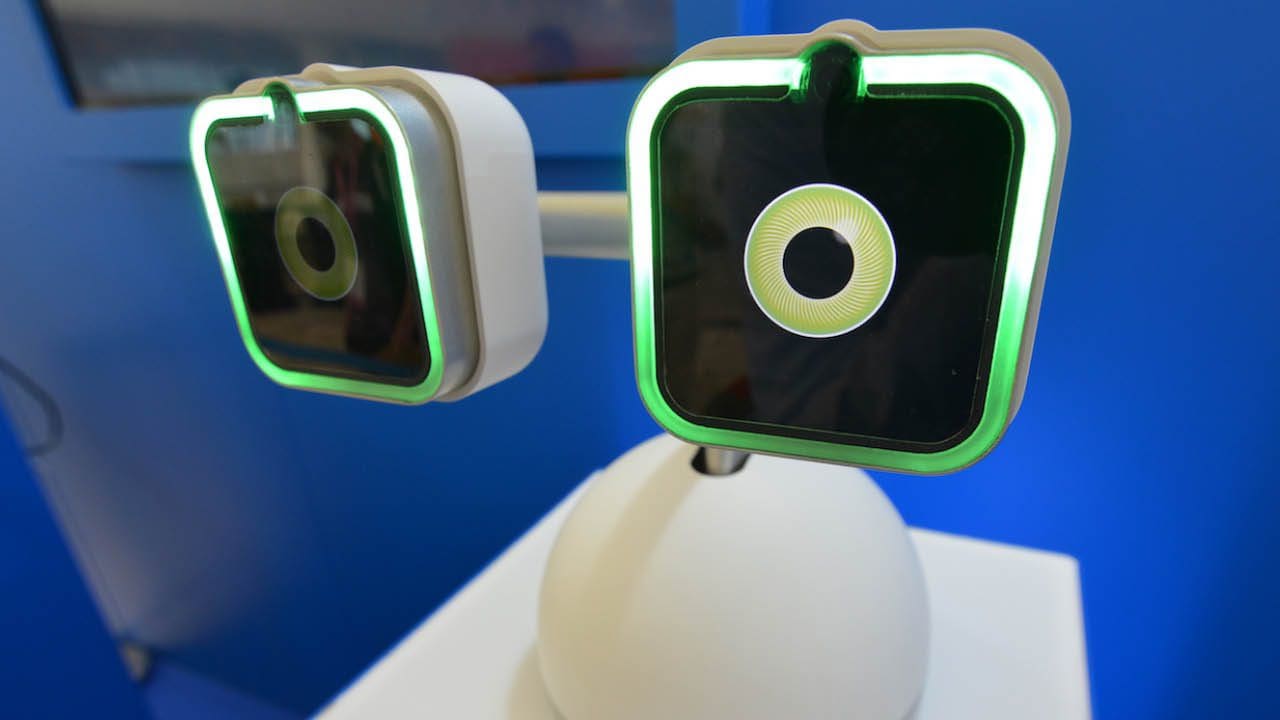
The Haru Robot
Randy Gomez – Principal Scientist, HONDA Research Institute Japan,
Vicky Charisi – Research Scientist, European Commission, Joint Research Centre
A social robot companion for children.
Learn More About The Haru Robot
Mission & Goal
Develop a companion robot for children at home and for groups of children in schools and day care that upholds children’s fundamental rights based on scientific evidence.
Challenges
Addressing every socioeconomic and cultural background is demanding but needed for all children’s inclusion and non-discrimination. Parents and educators are not familiar with potential uses and risks for children as they begin to encounter robots. Evidence that children can create emotional connections to robots creates uncertainty regarding the ways robots should be designed and used. Lack of Internet and financial resources in certain countries can inhibit the program from being deployed equitably.
Outcomes
The robot is built on the basis of “minimum requirements for robot functionality” principle and offers interactive storytelling and conversation activities with minimum data collection. It allows children’s exploration and it requires parental or educator’s consent for more advanced functionalities. Through interaction, it contributes to artificial intelligence (AI) literacy for children ages 6 to 16 and it is built with children’s health, safety, security, education and socialization in mind, and a sense of being loved, valued, and included in their families and societies.
Next Steps
Need to further understand children’s tendency to connect with robots and develop methods for balanced interaction that promotes children’s agency and psychological well-being. Need to address the challenge of access to the Internet in developing countries and provide content based on different ethnographies, cultures and local community values.
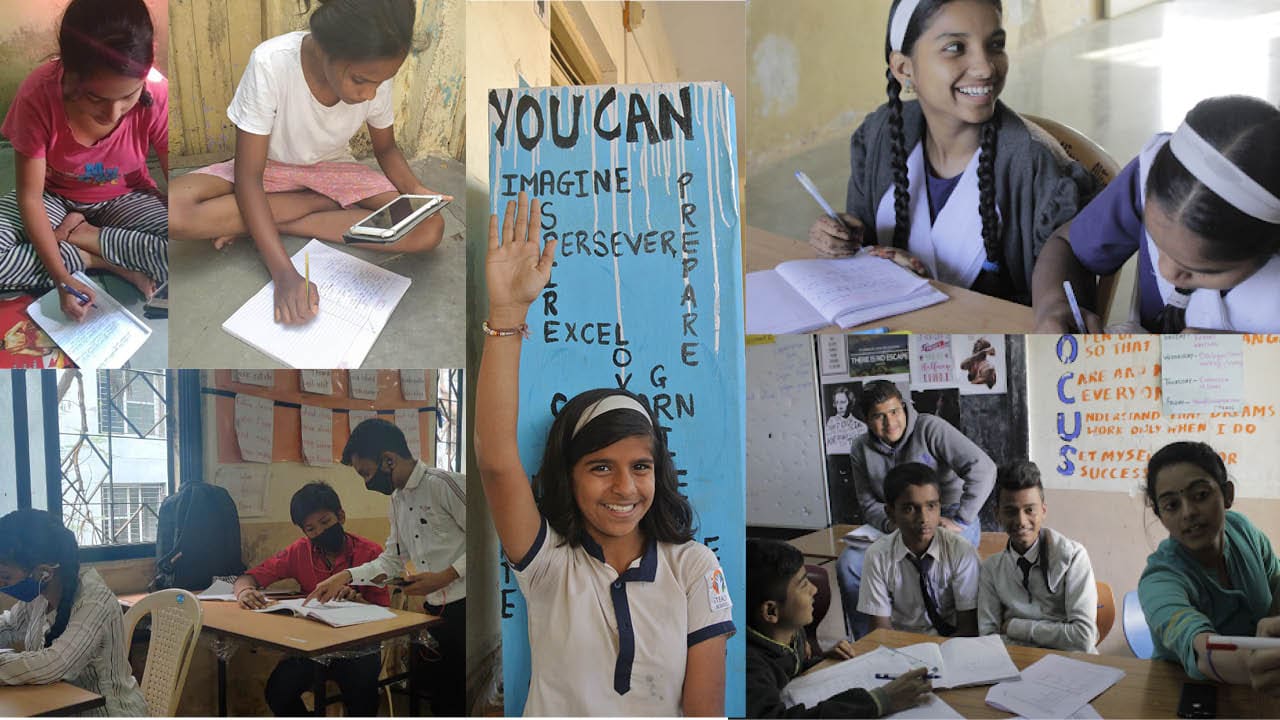
iTeach Schools
Aditi Doneria – Development and Communications Associate,
Bhavya Malhotra – Lead Teacher, iTeach Schools
Creating a community of transformational schools for the most under-resourced community.
Learn More About iTeach Schools
Mission & Goal
iTeach Schools has built a community of secondary schools and established a college-to-career path enabling students to lift their families out of poverty and participate in their country’s development.
Challenges
None of the 54 government-run English medium schools in the city of Pune, Maharashtra go beyond 7th grade. Therefore, students from poor economic backgrounds are unable to access learning for grades 8-10, restricting entry into college and cutting off access to sustainable employment. This case study illustrates practices around shifting to virtual learning.
Outcomes
Parental involvement is imperative to support children in the program as well as understand the current technological model of education. Tablets disseminated were equipped with software to disable access to content not suitable for children while monitoring learning versus lack of attendance and the need to intervene. Students who successfully completed 10th grade were directed to scholarship and internship opportunities. Counselors, advisors, and social workers consistently follow up with students to monitor their physical and mental well being to achieve the greatest completion rates.
Next Steps
Build out the virtual learning model to further reach or in the event of a pandemic resurgence ensure consistent attendance, high student engagement, a balance of academic and co-curricular learning, as well as outline aspects of a conducive at-home learning space.
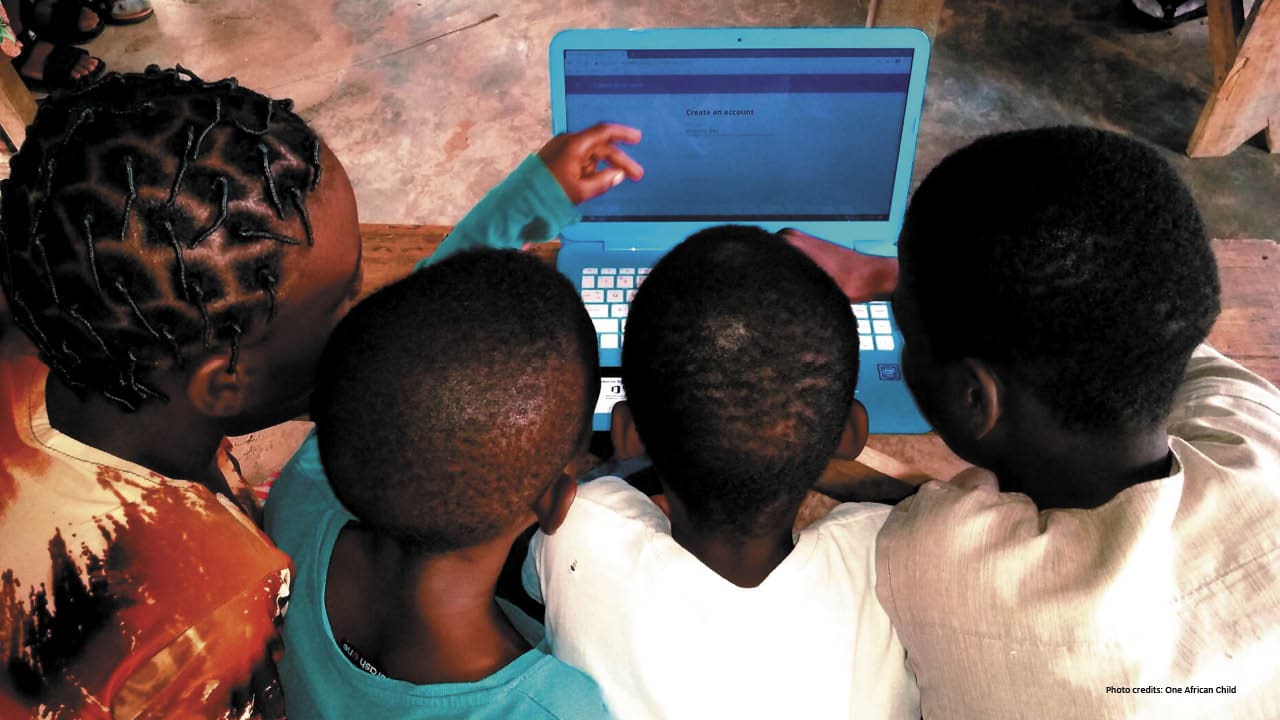
Kolibri by Learning Equality
Navya Akkinepally – Training Lead,
Lauren Lichtman – Partnerships Lead,
Dr. Richard Tibbles – Co-founder and Product Lead
Creating tools to enable equitable access to high-quality education for learners in low-connectivity contexts.
Learn More About Kolibri by Learning Equality
Mission & Goal
Provide a quality learning experience similar to what is available on the Internet on an offline platform. Kolibri runs on low cost and legacy devices to offer learning to half the world that still lacks Internet access with minimal data collection by utilizing usernames.
Challenges
Administrators may have limited capacity or knowledge to protect data collected in the offline platform. There is a need for more materials to build out the personalized learning experience and more openly licensed and locally relevant content in a variety of different languages to better resonate with learners.
Outcomes
Kolibri provides access to educational content in a variety of languages and subject areas for grades Kindergarten to 12 that can be aligned according to national curricular standards to supply age-appropriate learning. Kolibri collects program data locally on the platform so that educators can track progress, identify struggling students, and make use of tools to further personalize learning.
Next Steps
Administrators require further training to manage the security of individual devices that run Kolibri as many instances are running on outdated, insecure operating systems. More resources are required to engage educators to develop supplemental materials that correspond to the needs of the local learning environment.
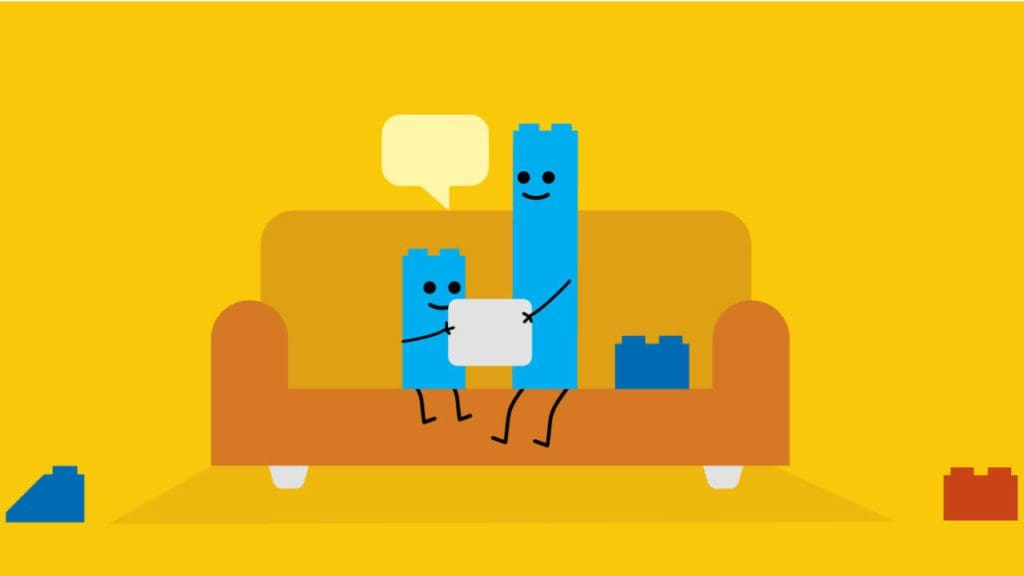
The LEGO Group
Christopher Payne – Director, Government & Public Affairs, the LEGO Group,
Sarah Jacobstein – Senior Manager, Government & Public Affairs, Americas, The LEGO Group
Evolving verifiable parental consent to better support children’s rights and well-being.
Learn More About The LEGO Group
Mission & Goal
Leverage technology to reach more children while committing to only engage with children in a way that is responsible, protects children’s rights, and promotes their well-being.
Challenges
It is difficult to create effective Verifiable Parental Consent (VPC) mechanisms that children are not able to circumvent, do not disrupt the user experience, and do not require obtaining additional personal information from adults. Additionally, there is a significant drop-off when VPC is required because it is complex, time-consuming, and there is a low level of understanding for its need. Finally, creating a VPC is resource and finance intensive.
Outcomes
Use of a username generator eliminates the need for the child to create one that may accidentally include personal identifiers. Interactive experiences and videos educate children on how to access the benefits and manage the risks of digital technology through a better understanding of privacy, digital empathy, screen time, and digital cookies. Children can have freedom to explore until they want to access advanced digital experiences, at which time VPC inquires for parental consent.
Next Steps
Assessing new methods of identification like facial age estimation to replace the need for hard identifiers like a credit card for VPC can prevent drop off, improve completion rates, and keep children from gravitating to other less appropriate sites with lower barriers to entry.
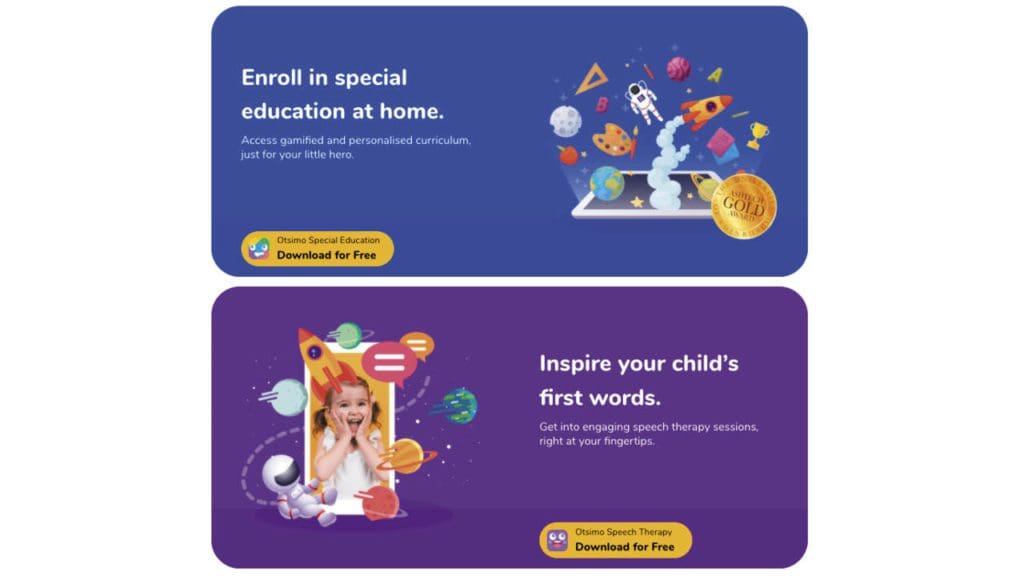
Otsimo
Prof. Leyla Keser Berber – Professor of IT Law, Dean at Istanbul Bilgi University Law Faculty,
Ayça Atabey – Researcher at Istanbul Bilgi University – BILGI IT Law Institute; PhD Candidate at Edinburgh University
An online app that provides special education and developmental games.
Learn More About Otsimo
Mission & Goal
Offer skill level appropriate, developmental games focusing on cognitive, social, and language skills and speech exercises for special needs children gated by a parental consent structure that limits data capture.
Challenges
Otsimo obtains parental consent at every stage that requires a decision, including access to the microphone, camera, and registration. This might create consent fatigue. There is an ongoing debate about how much screen time is acceptable for children. Special needs children have various developmental issues and different needs even if they are the same age.
Outcomes
More than 400,000 users typically ages 2 to 5 in more than 150 countries are experiencing the app which utilizes calm colors and limits noise to mitigate anxiety, distractions, and sensory overload. Optional developmental test results along with age and other specific information adjust for a more targeted learning experience.
Next Steps
Further personalize learning based on individual capabilities and styles. Address worldwide technological capabilities and socioeconomic factors that create challenges and barriers to access educational tools.
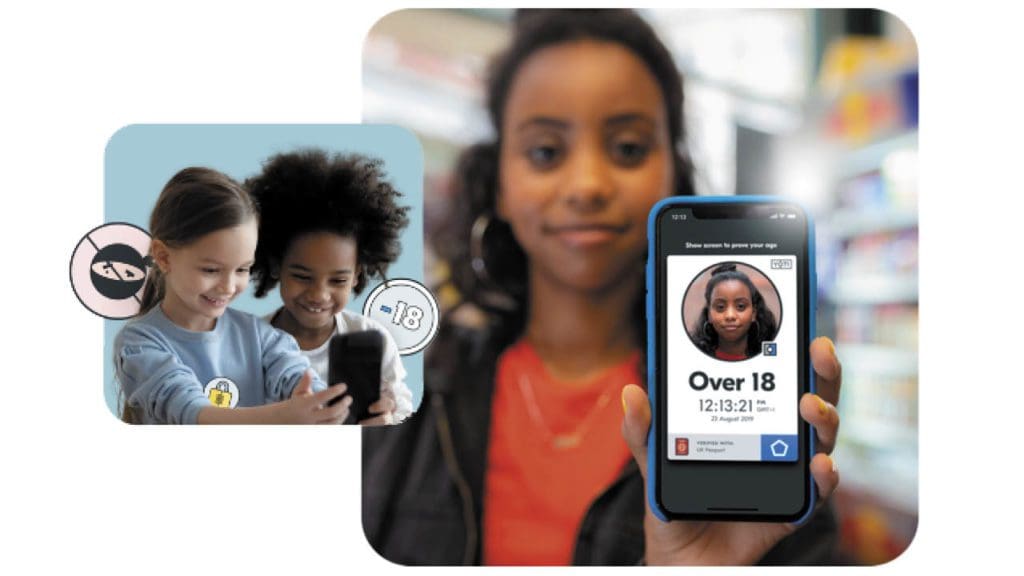
Yoti
Julie Dawson – Yoti, Director of Regulatory and Policy
Digital identity platform to help organizations assess the age of their users and comply with UK’s Age Appropriate Design Code.
Learn More About Yoti
Mission & Goal
A digital identity platform that authenticates age using a wide range of less sensitive data points so people can set up an account to log in, access, or buy age restricted content, goods, or services, while preserving privacy.
Challenges
It’s easy for children to circumvent age gates, parental consent, or permissions.
Outcomes
Yoti offers six ways for consumers to prove their age without storing data including facial age estimation, using an immediately deleted hard identifier to verify over 18 rather than exact age, reference checks with mobile phone operators or credit agencies, and voter registration.
Next Steps
Require companies to address children’s ability to navigate age verification by creating two emails and pretending to be both the adult and the child, borrowing a parent’s credit card, assuming that phones originally sold to adults are used by adults only, and relying on self declaring age by ticking a box and asserting ‘I am over 13’ or ‘I am over 18’.
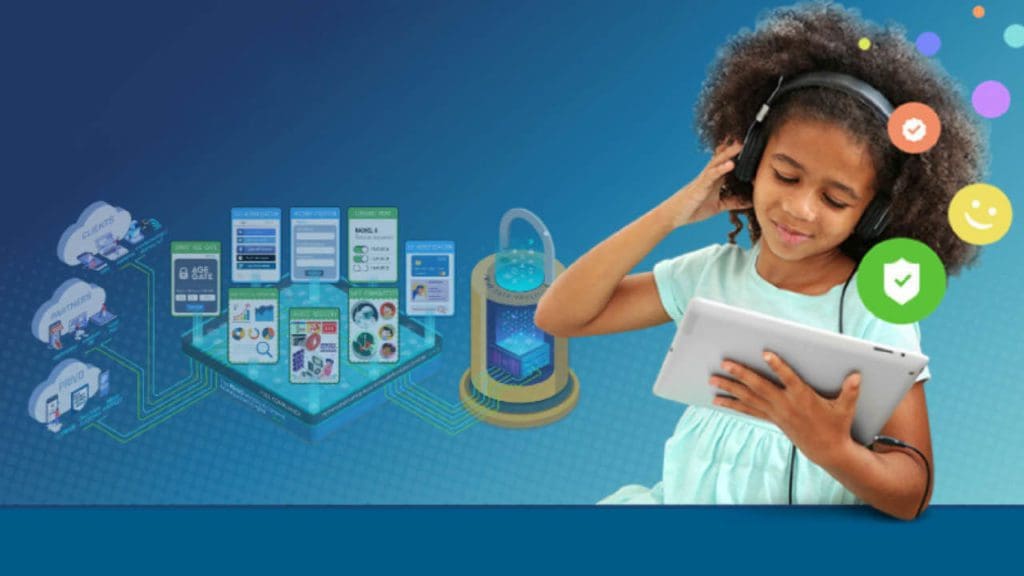
PRIVO
Denise G. Tayloe – Co-Founder & CEO,
Claire Quinn – Chief Privacy Officer
Identity and consent management for children and families.
Learn More About PRIVO
Mission & Goal
PRIVO’s software and compliance solutions ensure both subscriber companies and users of their services adhere to child privacy requirements by restricting minor’s access at predetermined levels of digital services to comply with regulations or privacy and safety.
Challenges
Websites claim their product or service is for ages 13 and up; however, they attract children under 13, allow them to enroll, and collect their data. Additionally, parents have varying levels of understanding regarding children’s privacy risks and reasons to be acutely involved.
Outcomes
PRIVO’s just-in-time sliding scale meets requirements of minors’ privacy regulations for obtaining verifiable parental consent (VPC) to gated levels of participation. Additionally, parents may register their children’s devices to block age restricted content. The platform also rewards children for verifying their correct age and aims to educate them and their parents on data privacy.
Next Steps
Further educate parents on children’s data protection to increase conversion rates for completing verification processes and so they proactively protect their children’s digital devices. Better enforce that sites attracting a young audience employ age-verification to improve minors’ digital privacy and safety.

